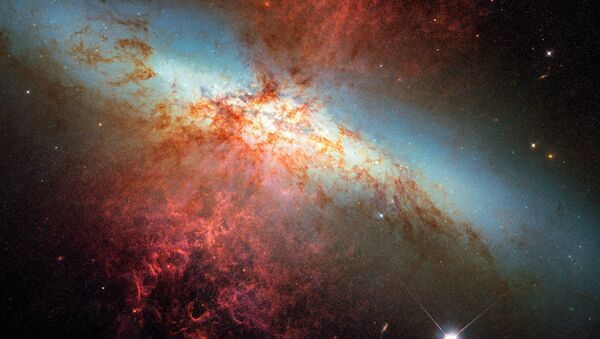"Our observations reveal a particular cloud produced by a supernova explosion 10,000 years ago contains enough dust to make 7,000 Earths," Ryan Lau of Cornell University in Ithaca, New York, said.
Lau was at the helm of the team who used SOFIA's airborne telescope to take detailed images of an interstellar dust cloud known as Supernova Remnant Sagittarius A East.
The data were used to estimate the total mass of dust in the cloud and detect the radiation emitted by the supernova dust, according to Lau.
He explained that astronomers had already witnessed a supernova's outward-moving shock wave, which produced significant amounts of dust.
He added that the SOFIA data also added to the suggestion that huge amount of dust detected in distant young galaxies could be caused by supernova explosions of early massive stars.
A modified version of the Boeing 747 jetliner, SOFIA is equipped with a sophisticated telescope that has an effective diameter of 2.5 meters at altitudes between 12 and 14 kilometers.
A supernova is a stellar explosion that can briefly outshine an entire galaxy and is capable of radiating as much energy as the Sun. Unlike a regular nova, which releases heavy elements but leaves a dwarf star behind, supernovae explode completely.



